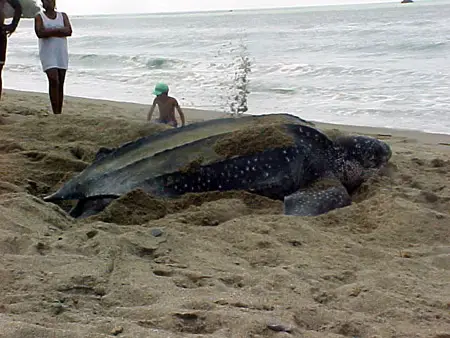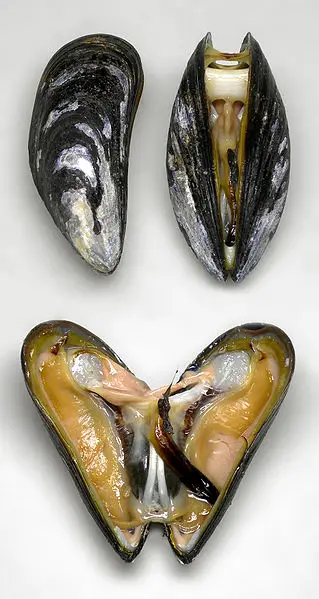Common Backswimmer
Don’t be fooled by the Backswimmer’s tiny size – it might be small, but it’s definitely not helpless. This small creature, that is also known by the name of “Water Boatman” glides above water as a live “dose of poison” that attacks anything that passes by. They inhabit all Europe and the areas East up to Eastern Siberia, as well as the territories South to as far as North Africa and India.
Backswimmers reach only a size of 16 mm, but that doesn’t stop them from being extremely potent hunters. They have three pairs of legs, two of which are used to “walk” underwater, while the third one serves as a kind of oars. Their body is light to dark brown, with the underside being darker. Although a water animal, the Backswimmer also has a pair of wings, which are covered under a layer of protective plates when the creature is not flying.
The surface of the water is deadly for many small animals, because the gel-like top layer traps and kills the smaller creatures. The Backswimmer uses this sticky layer of water by swimming under it, with the legs upside down, touching the water membrane. There the animal hunts everything that is small enough to catch. Surprisingly, the Backswimmers are also very potent fliers and they often fly from one pond to another, in search of better suited surroundings – waters rich with oxygen and plants.
It might seem funny, but the Backswimmer is one of the most aggressive water creatures. They hunt on everything that comes near and is small enough – other bugs, larvae, small fish and tadpoles, as well as flying bugs that have fallen in the water. Backswimmer senses the tiniest movement on the surface of the water and quickly starts hunting. These animals are so dangerous that they can even wipe out populations of fish completely, by hunting out all the fish younglings.
When the prey is close enough, the Backswimmer charges it at lightning speed and pierces the victim’s body with the small snout and injects a paralyzing substance, as well as digestion fluid which quickly dissolves tissue and turns it into liquid substance, very much like spiders’ poison. Afterwards, the Backswimmer sucks out all the feeding substance from the victim’s body and only an empty shell is left.
In spring, Backswimmers start mating and lay eggs on waterplants. The caterpillars look as miniatures of the mature individuals. Like other bugs, the Backswimmer has a hard chitin armor, the only drawback of which is that it doesn’t grow, so when it becomes too small, it cracks and falls off. This happens five times before the caterpillar has reached its maximum size and becomes a mature individual. Backswimmers live for one year – the caterpillar is fully mature in the middle of the summer and they live to the next spring, when after copulation they die.





Poorly written!! Yikes! “caterpillar”? “the only drawback of which”? “small snout”? “glides above water”? “fish younglings”?
Poorly written!! Yikes! “caterpillar”? “the only drawback of which”? “small snout”? “glides above water”? “fish younglings”?